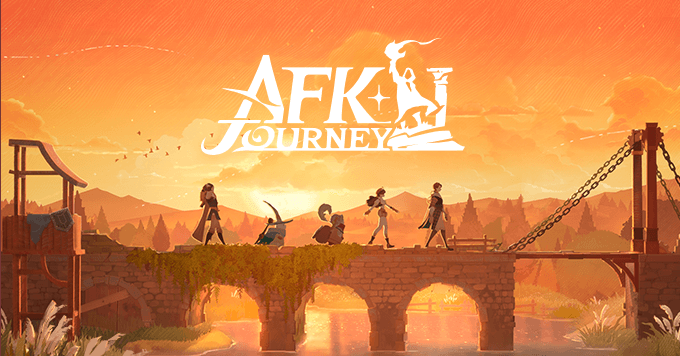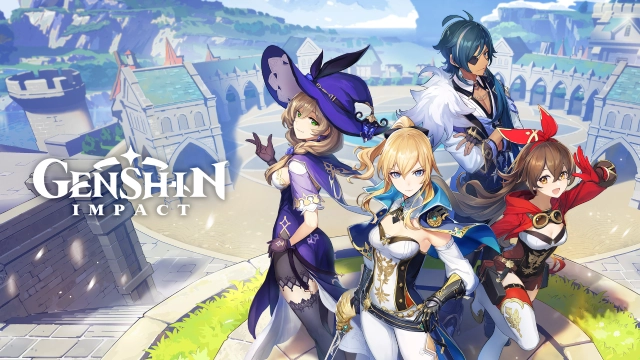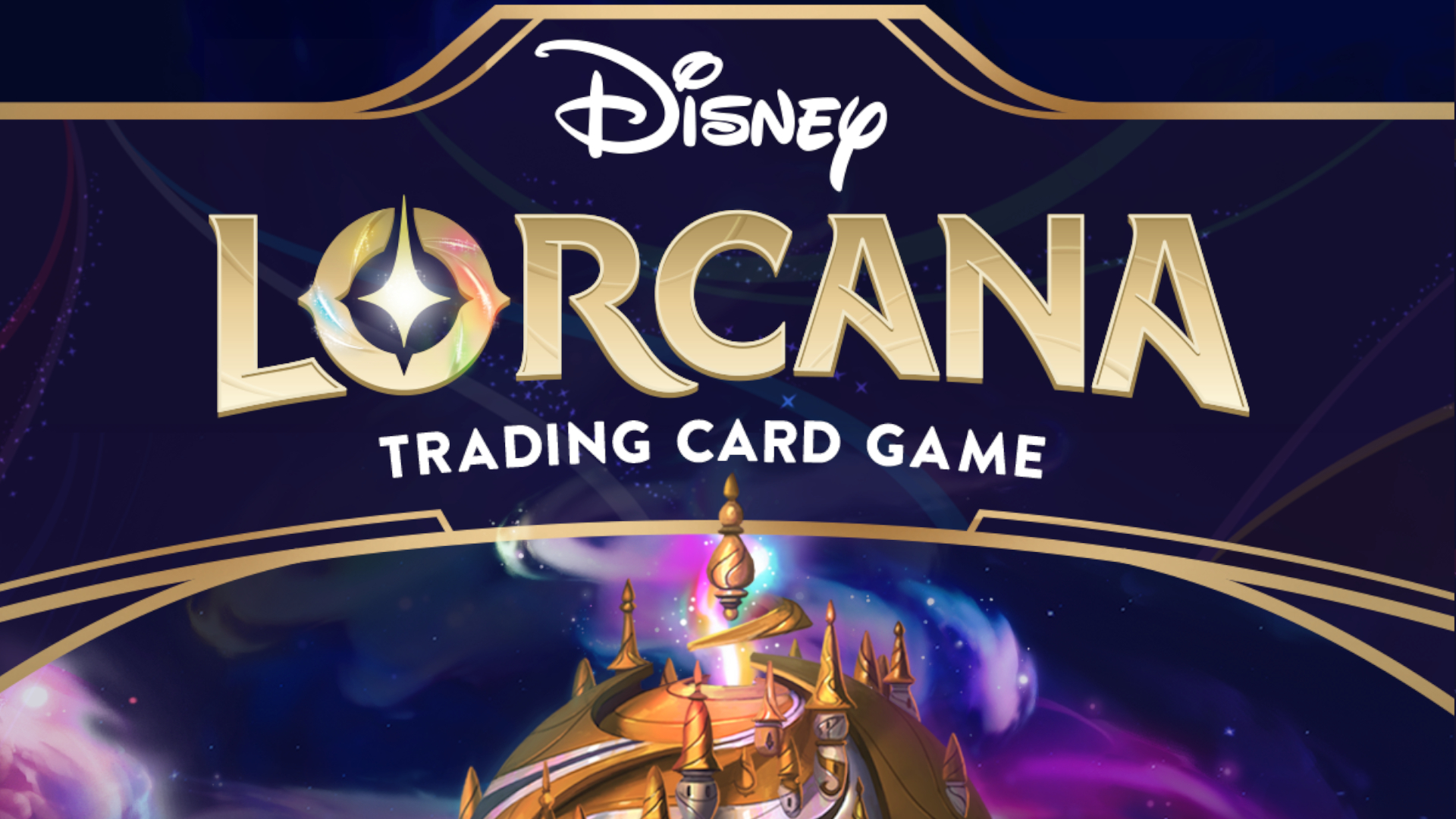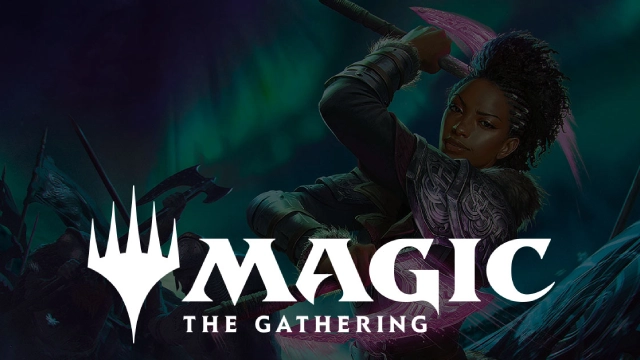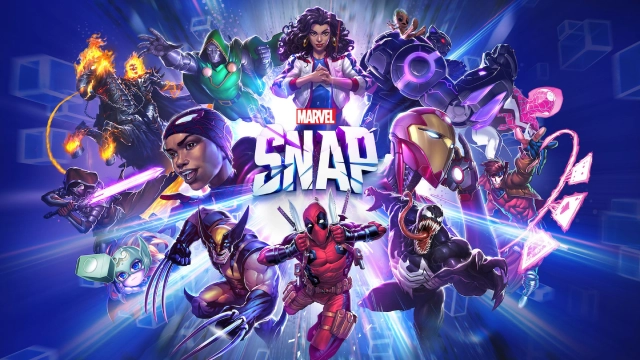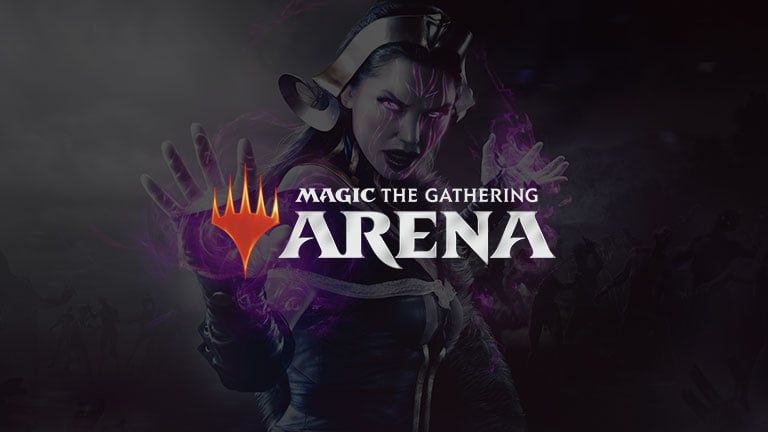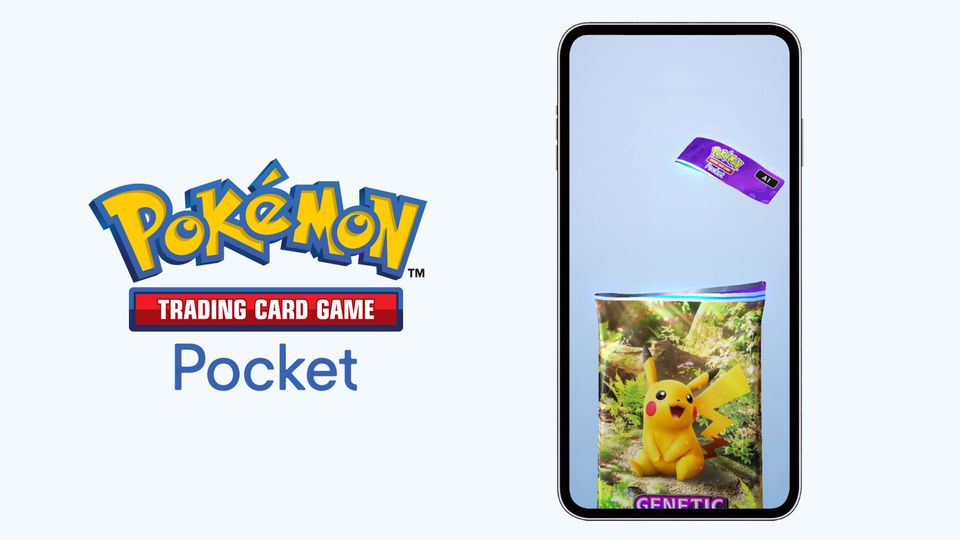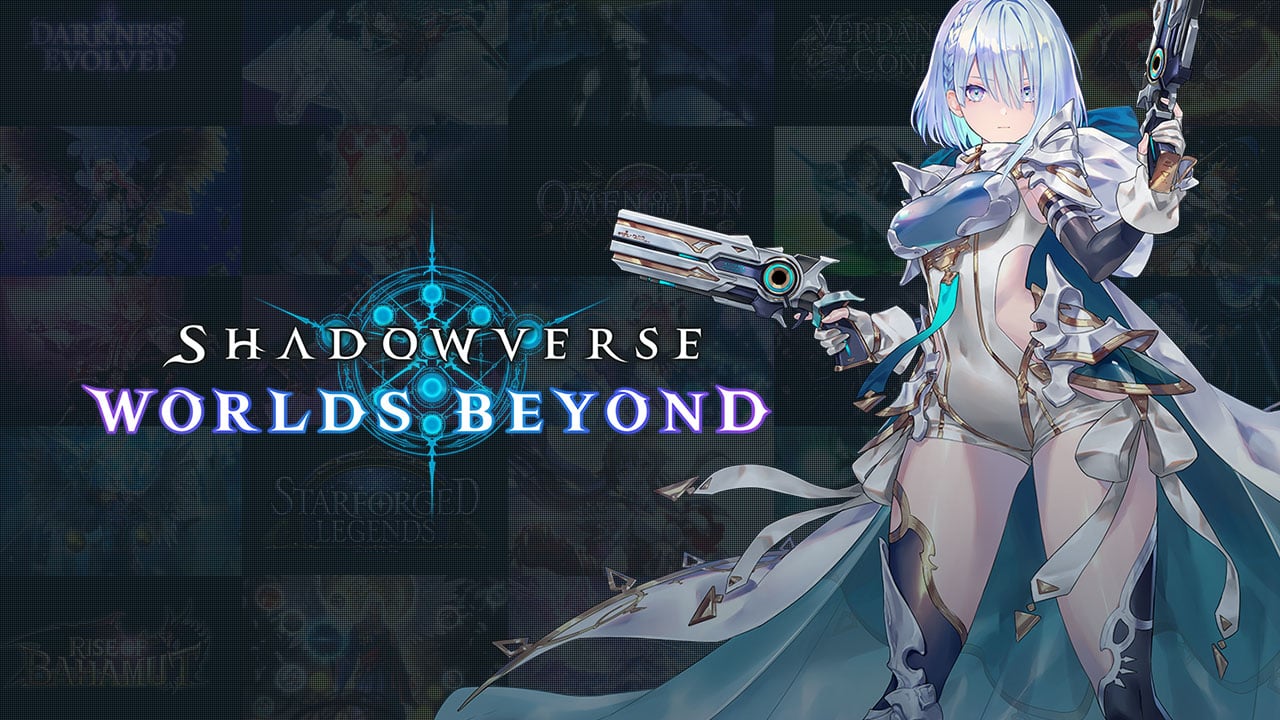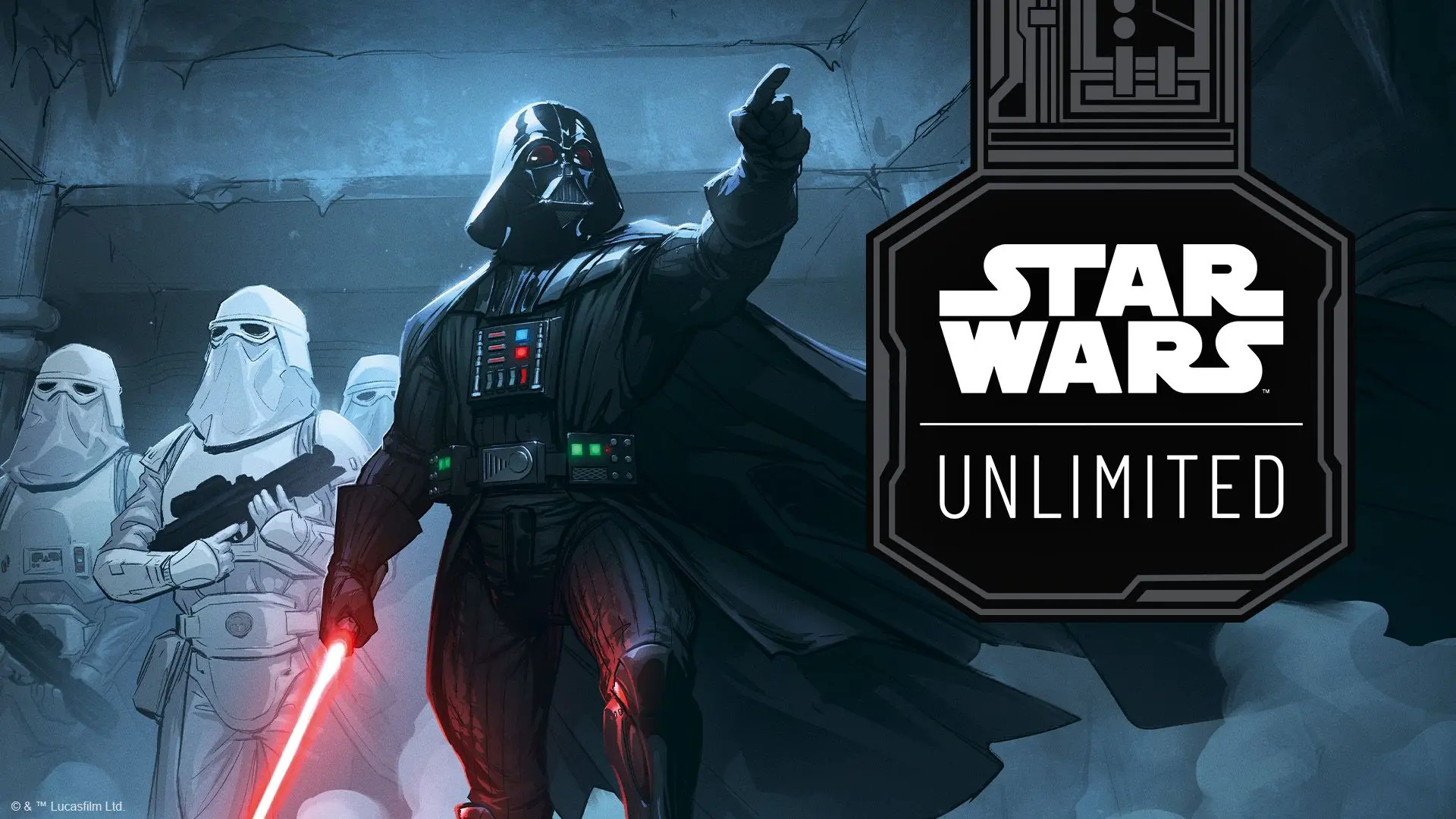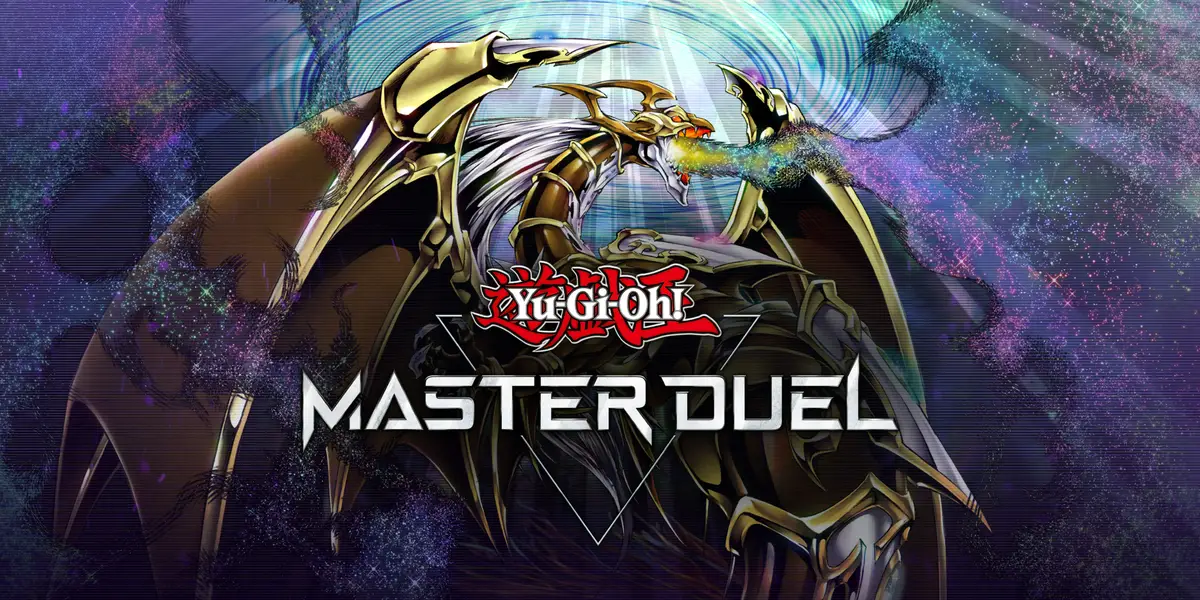Table of Contents
Most modern online multiplayer games have something called an endgame. It usually refers to the late stages of the game when a player encounters new progression systems and the opportunity to play in a new way. In Marvel Snap, the moment you complete the entire Series 3 collection can be considered the beginning of the endgame, as the regular process of getting cards from chests is replaced by the long process of earning Collector’s Tokens and using them to buy new cards.
We have already covered the topic of Collector’s Tokens and how to use them effectively to buy new cards. Now it’s time to talk about how quickly a player gets Collector’s Tokens and other in-game currencies after completing Series 3. Some other interesting calculation results will also be presented in the article.
1. Calculation Assumptions

Before proceeding to the results of the calculations, it is necessary to note the assumptions that were used.
The calculations assume that the player has collected all Series 3 cards, completed every quest to get all the seasonal track rewards, and reached at least rank 90. The rewards for reaching lower ranks are not as generous, so the numbers will be slightly different.
It is also assumed that a player does not spend gold on cosmetics, does not farm experience to get more season caches, and does not spend real money to speed up any progress.
2. Conversion Ratios

With the standard conversion of gold into credits through the in-game store or refreshing missions, a player will receive 0.3 Collector’s Tokens for each gold spent. As noted in the February 2023 analysis of upcoming bundles, the best ones offer 0.7 Collector’s Tokens per gold spent. Such a big difference only confirms the need to save gold for bundles for those who want to have as many cards as possible. The difference in strategy between a regular player and one who saves gold for the best bundles is described in the last paragraph.
One credit is equivalent to 0.26 Collector’s Tokens if the player converts all the gold received from Collector’s Caches into credits, thus moving up the collection level as efficiently as possible (without residual resources). If the player saves all the gold received, then one credit will be equal to 0.25 Collector’s Tokens. So 1 Collector’s Token is worth 3.33 gold or 3.88 Credits if you need to convert credits as efficiently as possible, without remaining gold (or 4.07 Tokens if you do not spend all the gold received in the process).
3. Collector’s Reserves

When calculating the average number of Collector’s Tokens from a Collector’s Reserve, it is taken into account that after obtaining full a Series 3 collection, 1 of 40 Collector’s Reserves will contain a Series 4 card, and 1 of 400 Collector’s Reserves on average will contain a Series 5 card (more information about caches and reserves can be found here). Thus, the average number of Collector’s Tokens from a Collector’s Reserve is not be equal to 125 (500 Collector’s Tokens from a group of 4 Collector’s Reserves divided by 4), as it may seem at first glance, but instead equal to 122.25.
If a player spends all the resources accumulated during a season without buying any bundle, and uses the standard method of converting gold to credits at a rate of 1.25, they will open 65 Collector’s Reserves during a season.
It is worth noting that the real price of one Collector’s Reserve is equal to 475 credits, because some of the credits and gold will be returned in the form of “cashback” when opening Collector’s Reserves. If, however, you save gold and do not convert it, then 1 Collector’s Reserve is worth 497.5 credits.
4. Season Pass

As stated above, if a player buys a season pass for $10, then from all credits and gold received for the paid part of the season pass they will receive 417 Collector’s Tokens (at the standard conversion rate of 1 gold to 0.3 Collector’s Tokens). Thus, knowing that $10 equals 700 gold (we explained the reasons for taking this particular offer from the store in another article), we get a decent gold to Collector’s Tokens conversion rate of 0.6. This makes a season pass almost as valuable as any big bundle, containing Collector’s Tokens, even without taking into account the card value and all the cosmetics.
| Bundle | Cyber holiday | Winter Wonderland | Positively Charged | Birthpool | Season pass | Token Tuesday | Standard conversion |
| Price in gold | 7500 | 6000 | 8000 | 3200 | 700 (equivalent) | 450-850 | 3.33 |
| Approximate price in $ | 107 | 86 | 114 | 46 | 10 | 6.4-12.1 | 0.048 |
| Total amount of Collector’s Tokens | 5275 | 3916 | 4437 | 2266 | 417 | 400-800 | 1 |
| Number of Collector’s Tokens for 1 gold spent | 0.7 | 0.65 | 0.55 | 0.7 | 0.6 | ~ 0.9 | 0.3 |
| Number of Collector’s Tokens for $1 spent | 49.23 | 45.68 | 38.82 | 49.58 | 41.7 | ~ 65 | 21 |
Such values show that it’s better not convert gold directly to credits if you want more Collector’s Tokens (and cards) in the long run.
In addition, since March 2023 there are new extremely profitable Token Tuesday bundles in the game, offering 0.9 Tokens for 1 gold.
5. Season Total

The good news is that the developers have accurately calculated the amount of experience players receive. An active player does not need to worry about reaching level 50 of the season pass by the end of the month; even without taking into account the experience from games, there is enough to get to level 50.
Also, here is an interesting fact – during the month, a f2p player will receive approximately 24,400 credits from all sources. This number does not include bundles or gifts from developers dedicated to the holidays.
6. Currency Chart

The chart above shows the amount of resources a player who has collected all Series 3 cards can get during a season.
As you can see from the chart, if you save up for Token bundles with an average value of 0.7, you can get up to 7,852 Collector’s Tokens each season without a season pass and 8,630 Collector’s Tokens with a season pass.
It is also worth noting that 900 gold is the most valuable resource in the season pass, in addition to the featured card. This amount of gold is equivalent to at least 777 Collector’s Tokens when you you spend them on any Collector’s Tokens bundle with with a ratio of 0.7 or 957 Collector’s Tokens when buying a bundle with a ratio of 0.9 (in particular, Token Tuesday bundles).
However, please note that the real number of Collector’s Tokens that you will receive during a season will be in the range from 6796 to 8380, if you do not buy a season pass. The exact number will greatly depend on the available bundles of a particular season.
Conclusions
As a result of all the calculations, we have a lot of numbers to think about. I think everyone will draw their own conclusions based on the calculations carried out, and I would like to see what you think in the comments!
Probably the most relevant question will be: are 8000 Collector’s Tokens enough for the average player? I would answer this question as follows: if we take into account that the developers created the Collector’s Tokens system not so that players can receive each card, but so that they could prioritize some cards, then this system is close to being good.
However, it definitely needs a number of changes that increase the maximum number of Collector’s Tokens that an average player can receive per season. The easiest way to achieve this is by making bundles even more profitable, so during a season the maximum number of Collector’s Tokens a player receives increases to at least 12,000. Also, devs should make sure that even a passive player can afford at least 1 Series 5 card per month without having to chase every resource in the game.
And the first step in this direction has already been taken. In the process of creating the article, it became known that next month there will be new extremely profitable Token Tuesday bundles. They will have a significant impact on the in-game economy of Marvel Snap and bring players a bit closer to reaching the mark of 12,000 tokens per season. However, this improvement is not yet significant enough for players to be able to buy two Series 5 cards per season. Let’s see what what other important changes are waiting for us in the future.

⭐ Premium
Enjoy our content? You can Support Marvel Snap Zone and your favorite content creators by subscribing to our Premium community! Get the most of your Marvel Snap experience with the following perks for paid membership:
- No ads: Browse the entire website ad-free, both display and video.
- Exclusive Content: Get instant access to all our Premium articles!
- Meta Reports: Exclusive daily meta reports, such as the Ultimate Card Metrics Report, Top 10 Decks of the Day, Top 30 Cards, and Top Card Pairs tailored for you!
- Team Coaching: Join our free weekly team coaching call sessions on the Discord server. Claim your Premium role and gain access to exclusive channels where you can learn and discuss in real time!
- Premium Dashboard: Get full instant access to the member-only dashboard, the all-in-one page for all your benefits.
- Support: All your contributions get directly reinvested into the website to increase your viewing experience! You get also get a Premium badge and border on your profile.
- Special offer: For a limited time, use coupon code SBYREX4RL1 to get 50% off the Annual plan!
